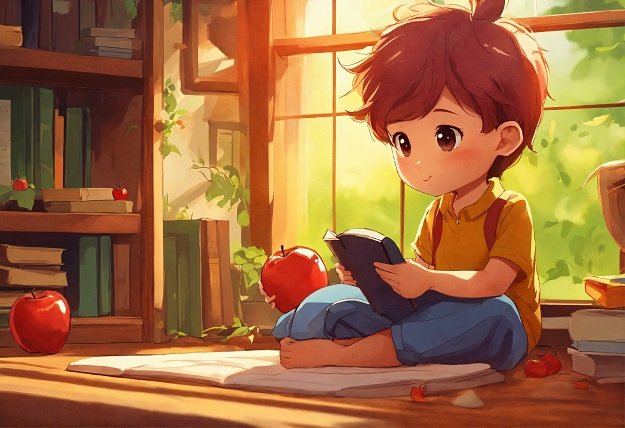Introduction
In the ever-changing field of education, visual aids are essential for improving understanding, involvement, and memory. For educators, students, and content providers, education clipart—simple, colorful graphics that depict educational concepts—can be an invaluable resource. We’ll discuss the value of educational clipart, where to locate excellent resources, and how to use them in teaching materials in this extensive blog article.
Why Use Education Clipart
Visual Reinforcement: By offering visual signals that correspond with verbal material, clipart helps to reinforce learning. Students’ comprehension is improved when they view an image that relates to an idea.
Engagement: Students are drawn in and learning becomes more memorable when they are exposed to vibrant and relatable imagery.
Memory Aid: By connecting important ideas to visual aids, clipart aids pupils in remembering them.
Where to Find Free Education Clipart
Frederik: Frederik provides a huge selection of clipart linked to education clipart such as graduation crowns and illustrations of students.
Shutterstock: Look no further for royalty-free clipart related to education.
iStock: iStock offers a vast collection of vector images and illustrations pertaining to education.
Education-Clipart.com: This website provides a variety of clipart designs appropriate for a range of educational uses.
Choosing the Right Clipart
Take into account the following elements when choosing educational clipart:
Pertinence: Select clipart that has a direct connection to the lesson or idea you are teaching.
Quality: To guarantee clarity, choose photos with a good resolution.
Consistency: Keep your writing style constant in all of your instructional materials.
Best Practices for Using Education Clipart
ergate Integrate clipart into worksheets, handouts, and presentations with ease. Make sure it adds to rather than detracts from the contend
Prevent Overcrowding: To avoid visual clutter, use clipart judiciously. Overuse of clipart might confuse students.
Accessibility: Make sure that pupils with visual impairments may still read without being hampered by clipart.
Incorporating Clipart into Classroom Materials
For PowerPoints presentations, add pertinent clipart to the slides to highlight important ideas.
Worksheets and Handouts: Use clipart to add interest and clarity to the instructions.
Use clipart to emphasize concepts during interactive lessons on interactive whiteboards.
Creating Custom education clipart
Simple Tools: To create custom clipart, use online tools or basic graphic design software.
Customization: Make clipart fit your pedagogical approach and the particular subject matter you’re teaching.
Copyright education clipart
Attribution: Give due credit to the author of any free clipart you use.
Commercial Use: To be sure that commercial use is permitted, always review the licensing terms.
Conclusion
Education clipart bridges the gap between words and visuals, making learning more engaging and memorable. Whether you’re a teacher, student, or content creator, explore the vast world of education clipart to enhance your materials.
FAQ
Can I use education clipart in my commercial education clipart
The answer is education clipart upon the terms of the clipart’s licensing. Here are some rules to follow:
Free Royalty Clipart: You may usually use royalty-free clipart in commercial items without paying extra if you’re utilizing them from sites like Shutterstock or iStock. But always make sure you are aware of the exact license conditions for each image.
Attribution: Credit is needed for certain clipart. In the event that this is the case, make sure your materials give the creator the proper credit.
Read the Fine Print: Consistently go over the licensing details that the source provides. Certain clipart may impose limitations on its commercial use, distribution, or modification.
Custom Clipart: You are in complete control of how and when you use custom clipart. But if you intend to share it with others, think about licensing it under a permissive license.
How do I cite clipart sources in education clipart
Giving due attribution to the sources of clipart is crucial. To cite them, use these steps:
In-Image Credit: Add a brief line of credit next to the clipart. “Clipart by [Artist Name] from [Source],” for instance.
At the conclusion of your resources, (e.g., in a presentation slide or paper), include a credits section. Provide a list of the clipart sources and any other acknowledgments.
What file formats are commonly used for clipart
There are two common formats for clipart:
PNG (Portable Network Graphics): PNG files are perfect for overlaying on various backgrounds since they offer transparency. Even after being resized, they keep their high caliber.
Scalable Vector Graphics, or SVG files, are vector-based and may be scaled indefinitely without sacrificing quality. They are simply editable and work well for bespoke clipart.

